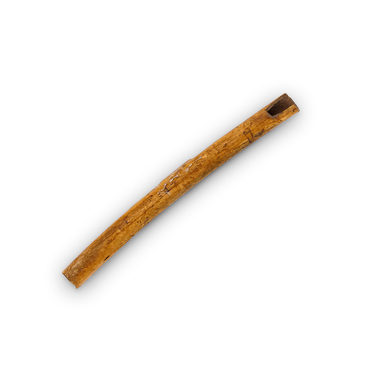In the pre-war period in the USSR, there was little to no archaeological examination of Scythian artifacts in the Voronezh region. Interest in these artifacts arose after the Great Patriotic War in the early 1950s. The historian and archaeologist, Anton Fyodorovich Shokov, collected all available information on the archaeological sites from the Iron Age, and concluded that the culture of people who lived in the Middle Don region from the 5th to 3rd centuries BCE was Scythian.
It has been proposed that this culture formed a military and political alliance, known as Scythia. Prior to this, the historian and archaeologist Mikhail Ivanovich Rostovtsev had come to similar conclusions. During this period, the archaeologist Anna Nikolayevna Moskalenko discovered objects from the Scythian period while excavating the Slavic settlement Arkhangelskoye.
In 1954, the archaeologist Pyotr Dmitrievich Liberov began excavations at the Scythian burial mounds in the Voronezh region, including near the village of Mastyugino. A total of 39 burial mounds were identified and excavated. Scientists discovered a variety of objects from the Scythian period, such as swords, spears, and gold and bronze jewelry. Additionally, fragments of lamellar armor were found. They were made of iron with traces of gilding.
It is well-known that the Scythian horsemen used plate armor. Among these, researchers distinguish lamellar and scale armor. Based on archaeological evidence, it appears that scale armor was more prevalent. This armor was made from small bronze or iron scales. Due to its semi-rigid frame, the Scythian scale armor typically consisted of back and chest plates with separate shoulder pieces.
To give the armor a more refined appearance, the Scythians, depending on their means, gilded it in whole or in part, and added individual embellishments to the overall design. These typically consisted of inserts in the animal style. As to the armor plates found near the village of Mastyugino, three-quarters of their surface area is gilded. The gilding of the iron plates and the polishing of the bronze ones was important not only for decorative purposes. Plate armor was a special symbol of the military elite. The fragment of armor plates from the museum’s collection is dated to the period between the 4th and 3rd centuries BCE. It was unearthed during excavations between 1958 and 1962.


